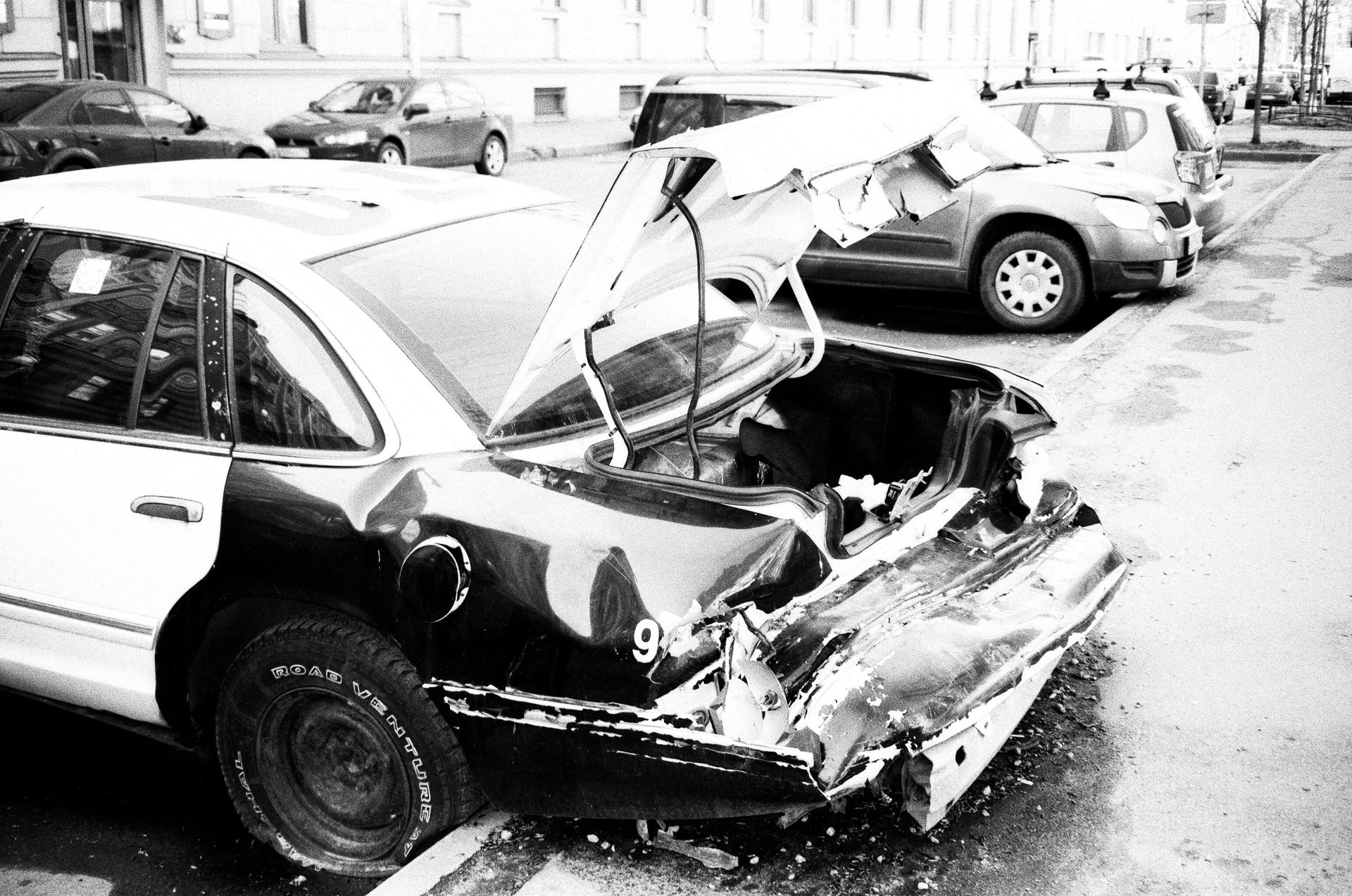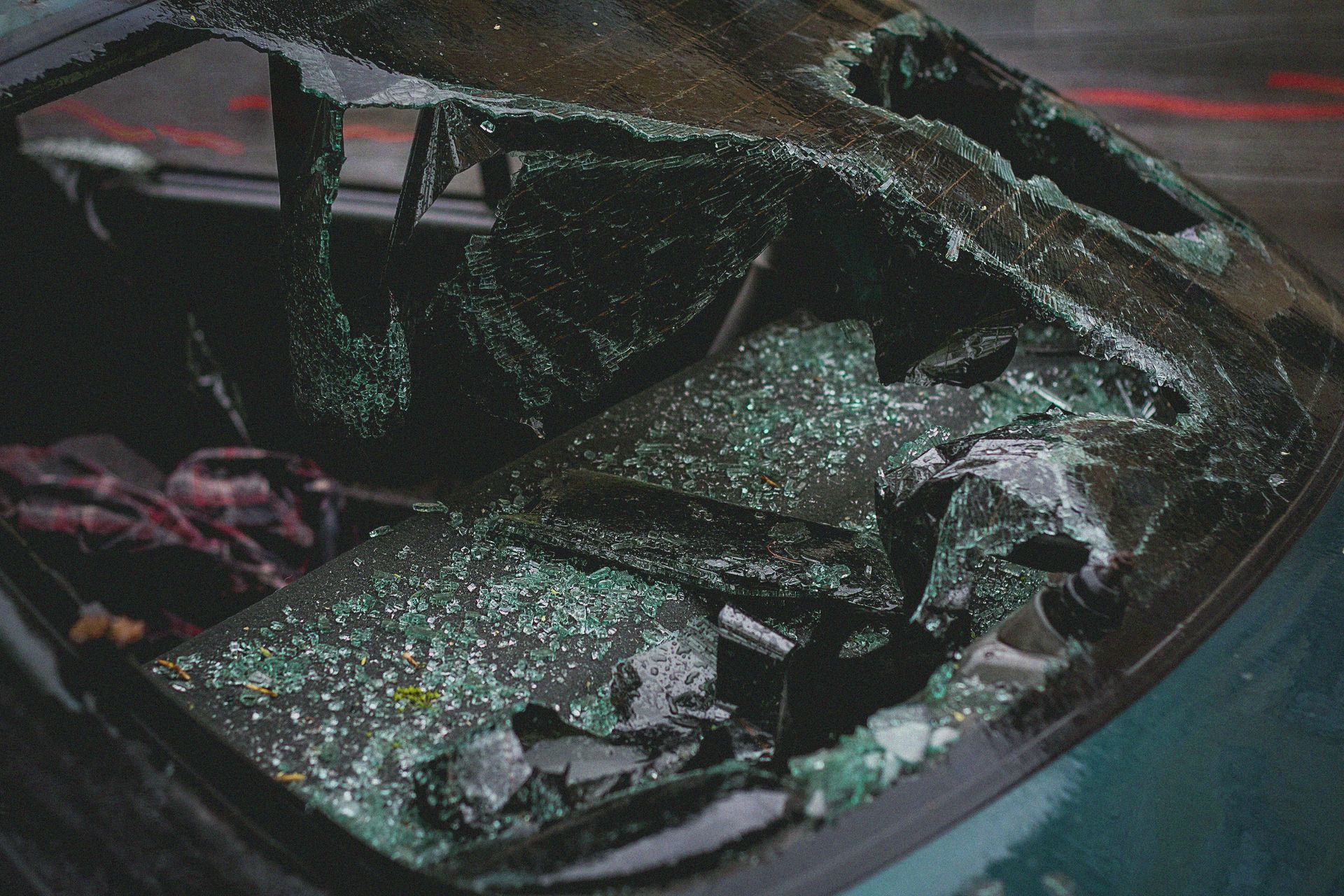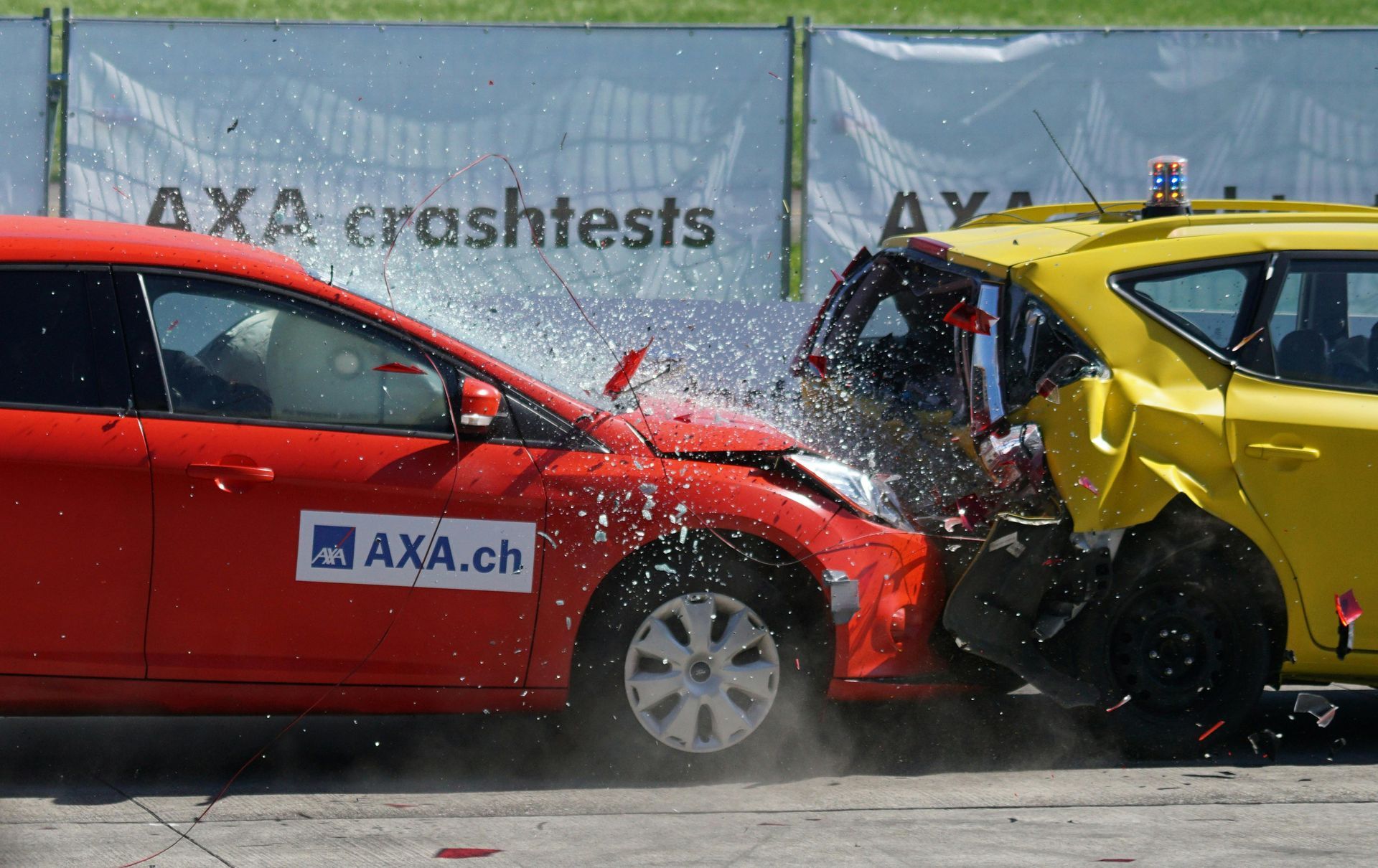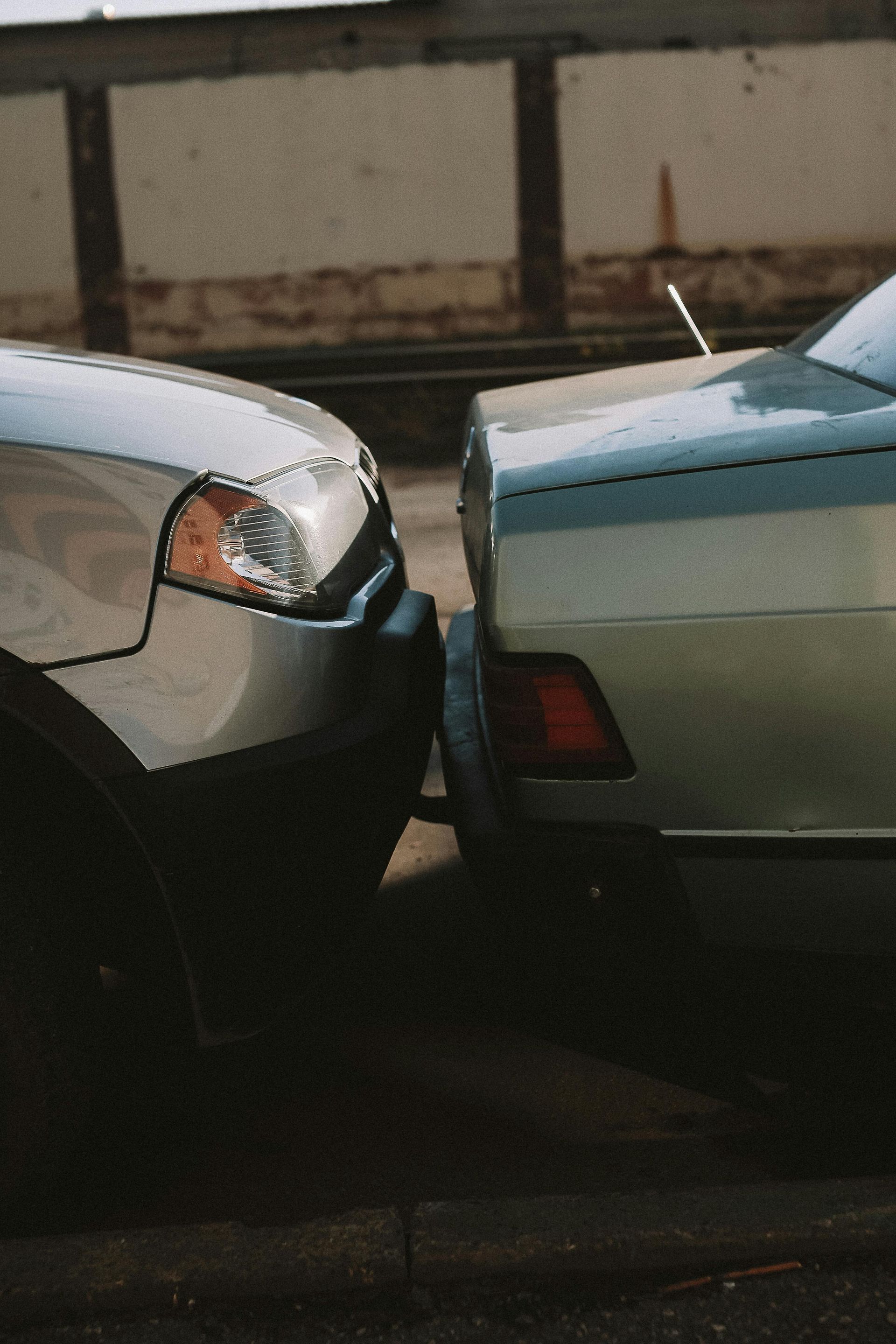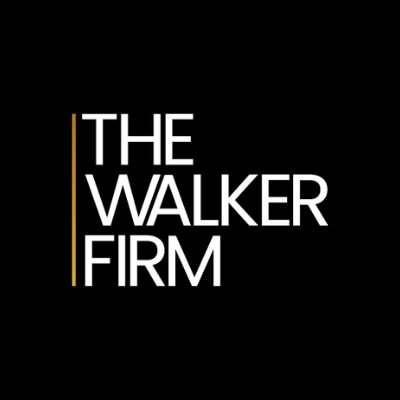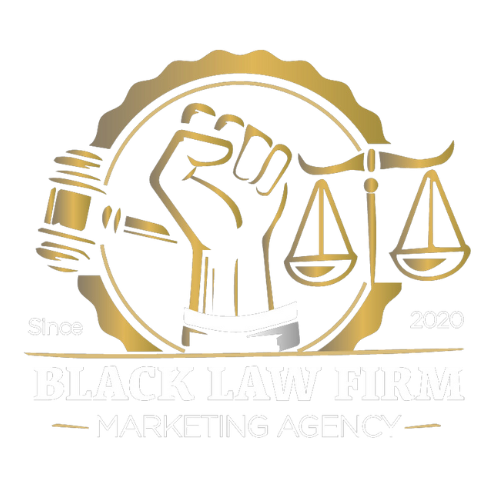How to Determine Liability in a Pennsylvania and Philadelphia Auto Accident
The Battle to Prove Fault in the Keystone State
Being involved in an auto accident in Philadelphia or anywhere else in Pennsylvania is stressful enough, but the most crucial and often most complicated step that follows is determining liability. In simple terms, liability means legal fault or responsibility. Without proving that another driver was at fault, your ability to recover compensation for your injuries, medical bills, and pain and suffering is severely limited. For accident victims in Pennsylvania, this process is governed by specific state laws, where a small difference in assigned blame can mean the difference between a full recovery and nothing at all.
Michael A. Walker, is the Founding and Award-Winning Principal Attorney of The Walker Firm, and one of Philadelphia and Pennsylvania's Top Attorneys For Car Accidents, Personal Injury and Criminal Defense. Fight Back and Get The Compensation You Deserve. Our firm understands the precise evidence required by Pennsylvania courts and insurance companies to successfully establish liability and protect your right to compensation. Understanding the rules of the road—and the rules of the law—is your first step toward victory.
The Core Legal Hurdle: Pennsylvania’s Modified Comparative Negligence
The single most important factor that governs liability in a Pennsylvania car accident case is the state's use of Modified Comparative Negligence. This rule, often called the "51% Bar Rule," dictates whether you can recover damages and how much you can receive.
Understanding the 51% Bar Rule
In Pennsylvania, you are allowed to recover damages even if you were partially at fault for the accident, as long as your fault is determined to be less than 51%.
- Under 51% Fault: If you are found to be 50% or less at fault, you can recover damages, but the total amount awarded will be reduced by your percentage of fault.
- Example: If your total damages are $\$100,000$, and you are found to be $20\%$ at fault, your recoverable compensation is reduced by $\$20,000$ (20% of $\$100,000$), leaving you with a recovery of $\$80,000$.
- 51% or More Fault: If your share of the blame reaches $51\%$ or higher, you are completely barred from recovering any compensation from the other driver.
Insurance adjusters for the at-fault driver know this rule well. Their primary tactic is to try and push your percentage of fault over the $50\%$ line to avoid paying you anything. This makes gathering strong, definitive evidence of the other driver’s negligence absolutely critical.
The Role of Tort Option (Full vs. Limited)
Another unique aspect of Pennsylvania law, the Motor Vehicle Financial Responsibility Law (MVFRL), requires drivers to select a tort option when purchasing insurance, which impacts what damages you can claim.
- Limited Tort: Choosing this option typically results in lower insurance premiums. However, it limits your right to sue for non-economic damages (like pain and suffering, emotional distress, and loss of enjoyment of life) unless your injury meets the legal definition of a "serious injury."
- Full Tort: This option allows you to pursue compensation for all damages, including non-economic damages, regardless of the severity of your injuries.
While the tort option doesn't determine who is liable, it does determine the scope of damages you can recover from the at-fault party.
The Evidence Trail: How Fault is Actually Determined
Liability is not determined by simply saying "he hit me." It is a meticulous process involving the collection, preservation, and analysis of specific evidence. Insurance companies and, if necessary, a Philadelphia jury, rely on these pieces of evidence to assign a percentage of fault to each party.
Crucial Evidence at the Accident Scene
The investigation into liability begins the moment the crash occurs. Timely action is paramount.
- The Police Report: While an officer’s opinion on fault is generally not admissible in court, the Philadelphia Police Accident Report is a vital document. It contains the officer's observations, diagrams of the scene, notes on contributing factors (like speeding or intoxication), and most importantly, any traffic citations issued. A citation for running a red light or careless driving is powerful evidence of liability.
- Photos and Video: If it is safe to do so, immediately take extensive photographs and videos of:
- The final resting position of all vehicles.
- Damage to the vehicles (location, severity, paint transfer).
- Skid marks, road debris, and traffic controls (lights, stop signs).
- Any visible injuries.
- Witness Statements: Independent witnesses provide unbiased accounts that are invaluable. Collect their full names and contact information immediately, as they can counter the opposing driver’s potentially biased statements.
Post-Accident Documentation and Expert Analysis
Liability determination extends far beyond the accident scene, relying on professional analysis.
- Medical Records: The severity and nature of your injury (as documented by prompt medical care) can help corroborate the forces involved in the collision, supporting your claim that the crash was significant and the other driver’s negligence led to your documented harm.
- Traffic Law Violations: Proving the other driver violated a specific traffic law—such as Failing to Yield Right-of-Way, Improper Lane Change, or Following Too Closely (the primary cause of rear-end accidents)—is often the cleanest path to establishing negligence.
- Accident Reconstruction: In complex Philadelphia cases, especially those involving commercial trucks or high speeds, an attorney may hire an accident reconstruction expert. These experts use physics, engineering principles, and the physical evidence to scientifically determine speed, direction, and the precise angles of impact to accurately assign fault.
Securing Your Right to Compensation
Determining liability in a Pennsylvania car accident is a legal process, not just a matter of common sense. The outcome hinges on your ability to gather evidence and effectively combat the insurance company's inevitable attempts to push your fault percentage past the $50\%$ recovery threshold. The Modified Comparative Negligence rule means that every detail matters, and without strong, persuasive evidence of the other driver’s negligence, your compensation is at risk.
If you have been injured in an auto accident in Philadelphia or anywhere in Pennsylvania, the time to act is now. Protect your health by seeking immediate medical care, and protect your legal rights by securing expert representation. Don't fight the insurance companies alone.
Fight Back and Get The Compensation You Deserve.


